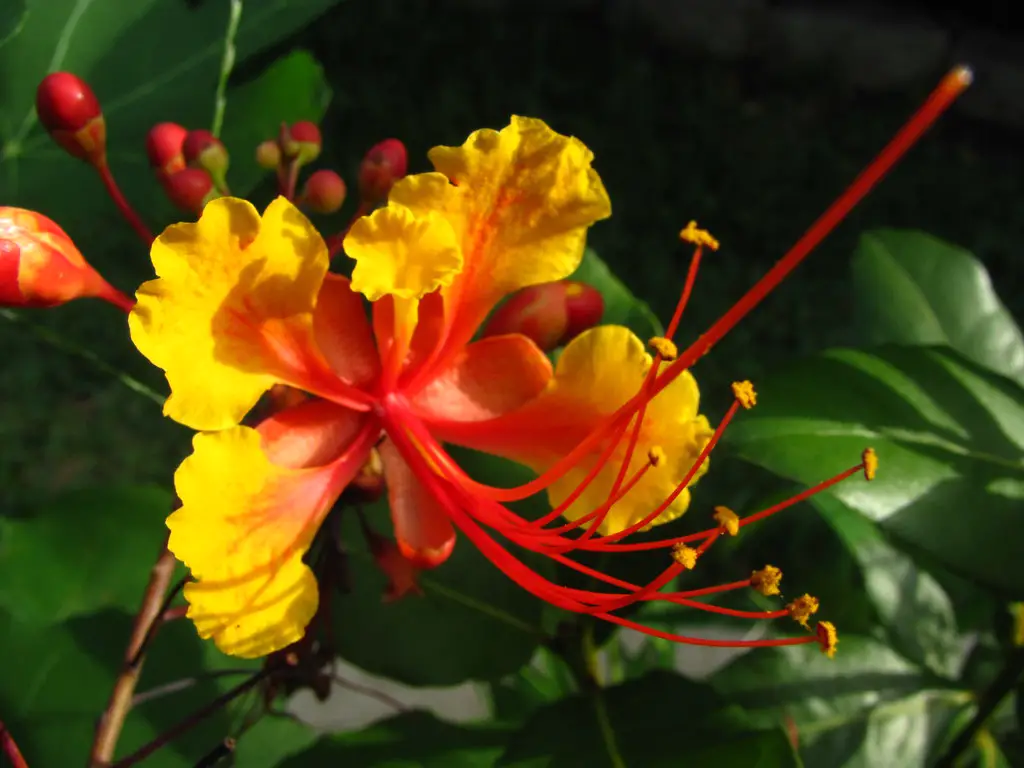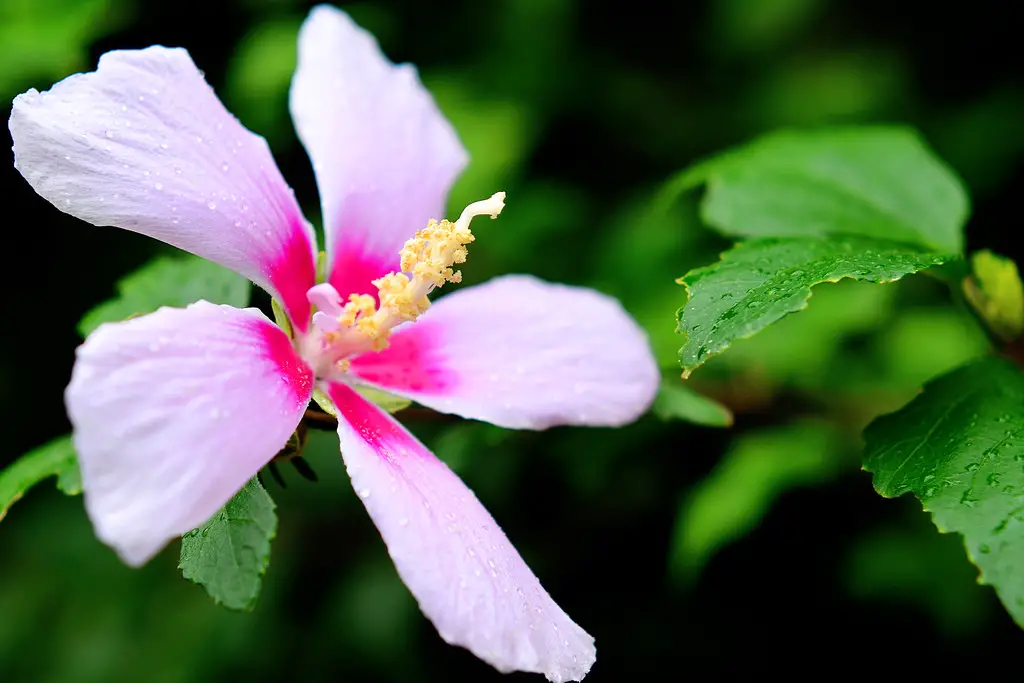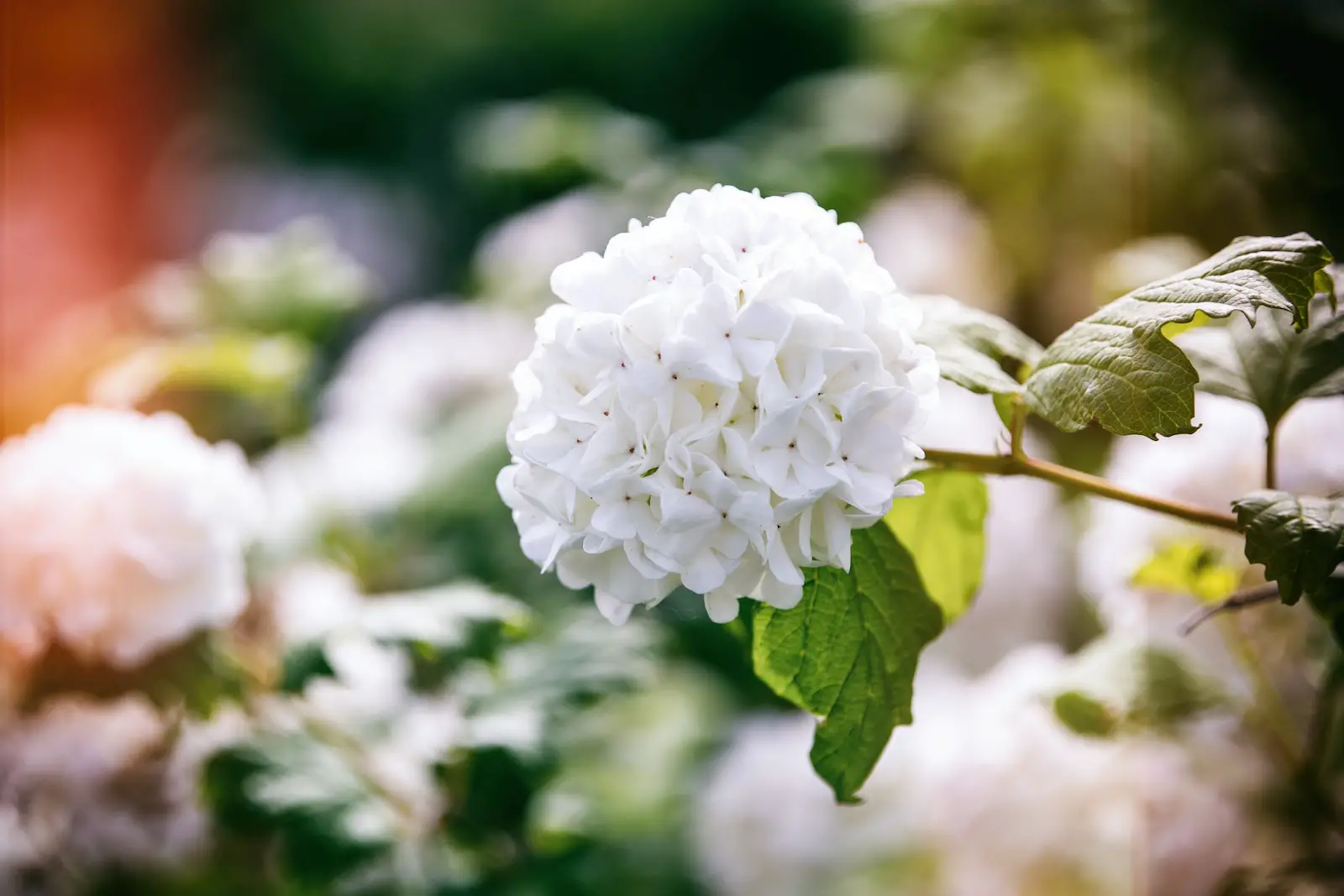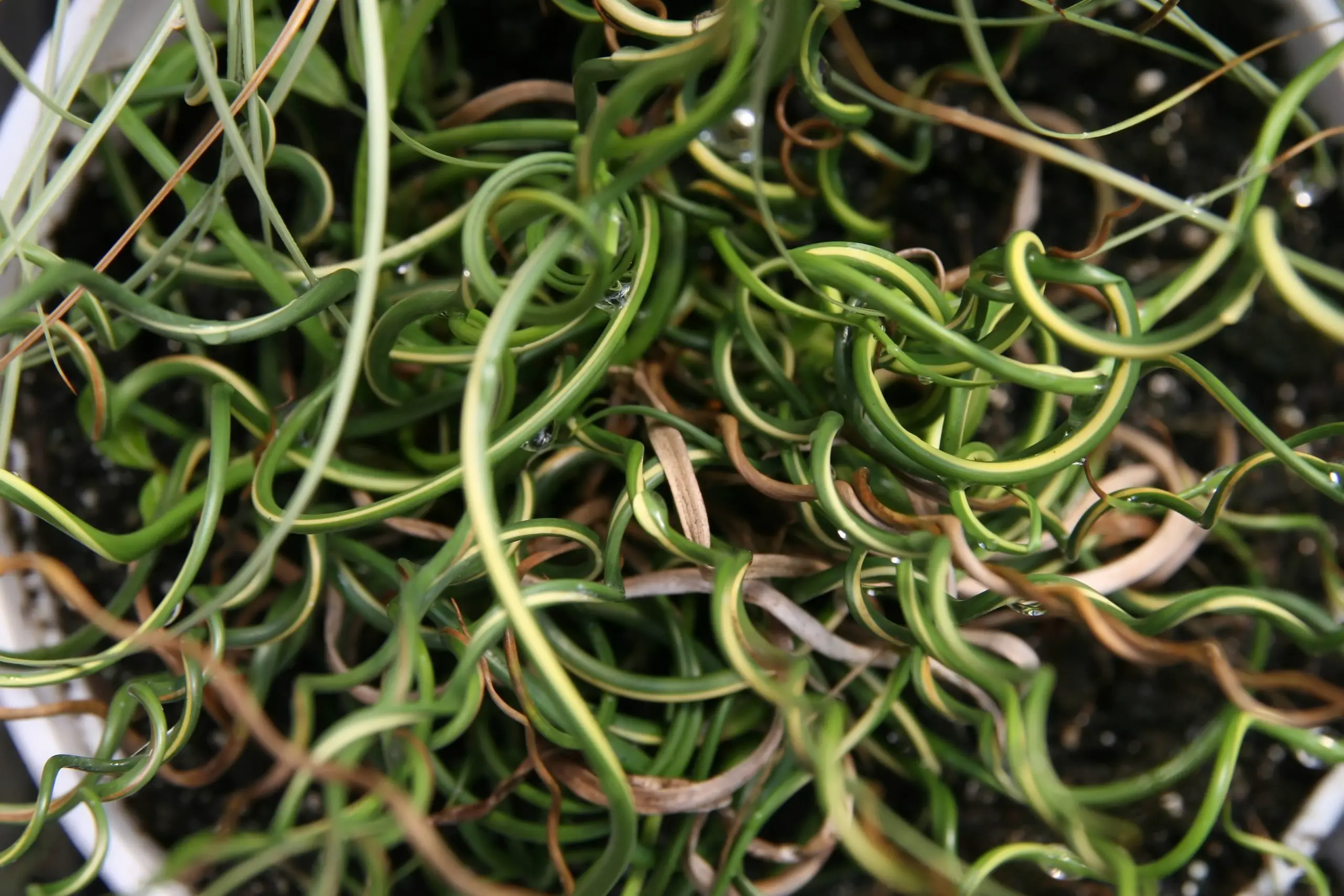The Pride of Barbados, also known as the Peacock Flower, is a stunning tropical plant known for its fiery red, orange, and yellow flowers. Named for its prominence in the Barbados region, its vibrant blooms stand out in any garden setting, making it an alluring addition to landscapes in warm climates.
As a member of the pea family, Pride of Barbados forms a bushy shrub with feathery leaves, producing gorgeous flowers that are not only eye-catching but also attract various pollinators like butterflies and hummingbirds. The unique flower structure with long red stamens and contrasting petals gives it a dramatic appearance.
The plant’s striking beauty, combined with its hardiness and adaptability, has made it a popular choice in tropical and subtropical gardens worldwide. While generally easy to care for, the Pride of Barbados does have specific needs in terms of sunlight, water, soil, and temperature that must be met to truly flourish.
| Aspect | Details |
|---|---|
| Common Names | Pride of Barbados, Peacock Flower, Dwarf Poinciana |
| Botanical Name | Caesalpinia pulcherrima |
| Family | Fabaceae |
| Plant Type | Perennial Shrub |
| Mature Size | Up to 15 feet tall |
| Sun Exposure | Full Sun |
| Soil Type | Well-drained, Sandy, Loamy |
| Hardiness Zones | 8-11 |
| Native Area | Caribbean Islands |
Pride of Barbados Care
Caring for the Pride of Barbados is generally straightforward, provided it receives adequate sunlight, warmth, and moisture. While it is often grown as a perennial in tropical regions, it can also be cultivated as an annual in cooler areas.
The plant’s growth is vigorous, and it can spread rapidly when happy in its environment. Regular pruning and control measures are often needed to maintain the desired shape and size. With proper care, Pride of Barbados can become a stunning focal point in any tropical garden.
Light Requirement for Pride of Barbados
The Pride of Barbados thrives in full sun. It requires a minimum of 6-8 hours of direct sunlight each day to bloom prolifically. A location that provides bright, unfiltered sunlight will lead to lush growth and vibrant flowers.
Soil Requirements for Pride of Barbados
This plant prefers well-drained, sandy, or loamy soil. It is relatively tolerant of different soil types but does not like to sit in waterlogged conditions. Ensuring proper drainage and adding organic matter if needed will contribute to healthy growth.
Water Requirements for Pride of Barbados
Pride of Barbados is somewhat drought-tolerant once established but requires regular watering during its growing season. The soil should be kept moderately moist, and more frequent watering may be necessary during hot, dry spells.
Temperature and Humidity
Thriving in warm temperatures, Pride of Barbados prefers a range of 65-85°F (18-30°C). It can tolerate brief dips in temperature but is sensitive to frost. Humidity is generally not a concern for this plant, though it appreciates more humid conditions.
Fertilizer
A balanced fertilizer can be applied during the growing season to boost growth and flowering. An application every 4-6 weeks from spring through early fall is typically sufficient.
Pruning Pride of Barbados
Pruning is essential for controlling the shape and size of the Pride of Barbados. Regular trimming, especially after flowering, encourages new growth and more blooms. Dead or diseased branches should be removed as they appear.
Propagating Pride of Barbados
Propagation is usually done through seeds or cuttings. Cuttings can be taken in the spring or early summer and rooted in a mixture of sand and peat.
How To Grow Pride of Barbados From Seed
Seeds can be sown in well-draining soil and kept moist until germination. Soaking seeds overnight before planting can improve germination rates.
Common Pests & Plant Diseases
Aphids
Aphids can be controlled with insecticidal soap or neem oil.
Root Rot
Avoid over-watering and ensure proper drainage to prevent root rot.
Common Problems With Pride of Barbados
Leggy Growth
Caused by insufficient sunlight. Move to a sunnier location if possible.
Flower Drop
Sudden flower drop can be due to sudden temperature changes or over-watering.
Yellowing Leaves
Often a sign of water stress, either too much or too little. Adjust watering accordingly.
Pro Tips
- Plant Pride of Barbados in a location that provides protection from strong winds, as the branches can be fragile.
- Consider adding mulch around the base of the plant to retain moisture and suppress weeds.
- Regularly check for pests and address them promptly to prevent infestations.
- Experiment with companion planting, as Pride of Barbados pairs beautifully with other tropical plants.
- Deadhead spent flowers to encourage continuous blooming throughout the season.



